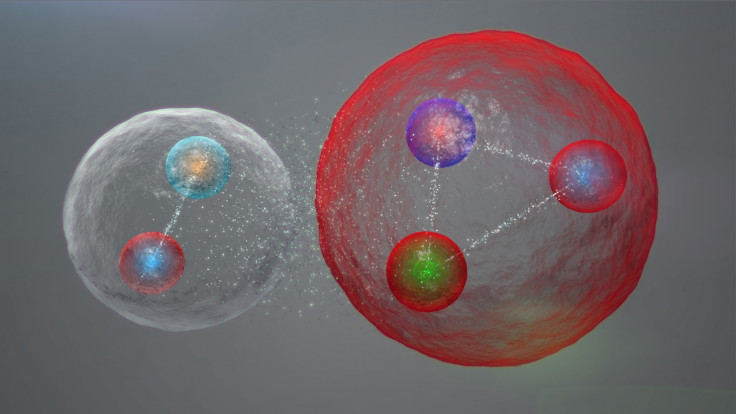This fusion reaction is so powerful that physicists nearly buried the results when they discovered it
Reaction has potential to release eight times as much energy as the individual fusion reactions in an H-bomb.

When two physicists discovered a new kind of nuclear fusion, they almost decided to bury the results because they were so concerned with the implications of its power.
"I must admit that when I first realised that such a reaction was possible, I was scared," Marek Karliner, from Tel Aviv University, told Live Science.
Scientists know that breaking apart the different particles that make up the nucleus of an atom or fusing them together with others – respectively known as nuclear fission and nuclear fusion – can yield huge amounts of energy. This energy can be harnessed in nuclear power stations, or indeed in deadly nuclear weapons.
These types of fusion are based on the interplay between protons and neutrons, but the type Karliner and his colleague Jonathan Rosner observed involved quarks – tiny subatomic particles that come in a variety of different masses and make up the neutrons and protons inside atoms.
They found that, despite their miniscule size, fusing two heavy quarks together has the potential to produce more than 8 times the power of the individual fusion reactions inside a hydrogen bomb.
However, it is unlikely that this kind of fusion could ever be used to make a quark fusion bomb. "Luckily, it is a one-trick pony," said Karliner. "If I thought for a microsecond that this had any military applications, I would not have published it."
Hydrogen bomb explosions are caused by billions of individual fusion reactions that require a large mass of particles, something that wouldn't be possible with heavy quarks as they only exist for a picosecond – one trillionth of a second – before decaying into much lighter and less energetic versions.
Nevertheless, the discovery is intriguing as it is the first theoretical proof demonstrating that potential for subatomic particles to fuse together in a manner that releases energy, a milestone in particle physics.
The scientists' findings are published in the journal Nature.





















